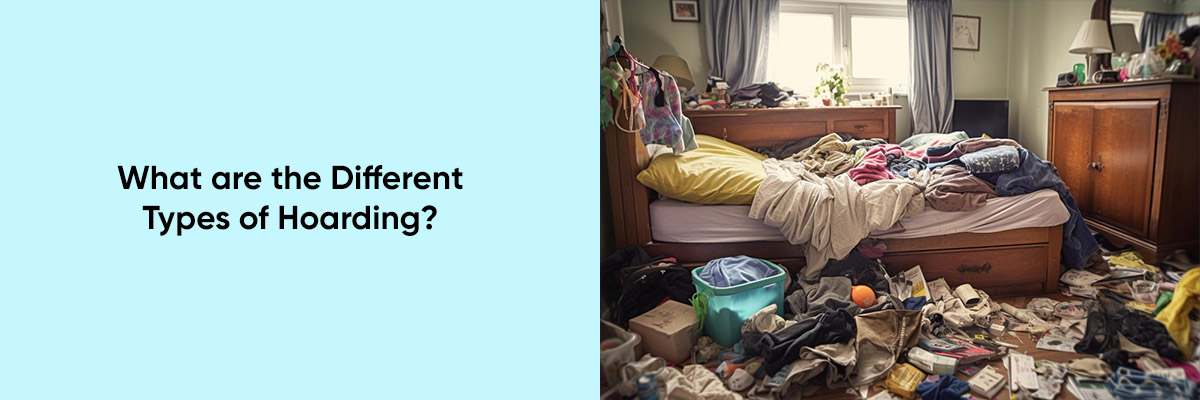The human relationship with possessions is intricate, however, this can cross the limits of minimalism to hoarding. Hoarding has a multifaceted nature and it can manifest itself in various ways, from convention to the lesser-discussed realm of collecting miscellaneous things.
Hoarding and fair housing is a challenging relationship, which needs to be balanced between individual rights and property responsibility. You need to know when and how to identify hoarding issues and address them if you want to ensure compliance and avoid risks like fire.
In this blog, we will discuss each facet, and gain insight into the intricacies of attachment and letting go.
- Standard hoarding: This type of hoarding means accumulating a vast number of items which leads to the clutter that fills the living spaces to the extent that it fills the house and makes it difficult to perform daily tasks. It creates a messy place to clean and can also jeopardize the health and safety of the people living in the house.
- Animal hoarding: This type of hoarding involves an excessive number of animals in the home which is often beyond the capacity of the house. This overcrowding of the animals can become hazardous for both humans and animals. This can also create unsanitary conditions which will impact health and safety.
- Collecting hoarding: This type of hoarding specifically deals with one itemized type of collection like stamps, coins, books, etc. Collection of these things can be a hobby as well, but when the situation escalates and starts to interfere with the normal life then it is hoarding.
- Food hoarding: Excessively stockpiling food far beyond what is needed is the outcome of this type of hoarding. Individuals may hoard expired or spoiled food, leading to health hazards such as contamination and pest infestation.
- Sentiment hoarding: This type of hoarding involves holding items due to their sentimental value. It can be anything from gifts to items connected with some memories. While sedimentary is natural, excessive attachment to items can lead to clutter and difficulty letting go.
- Information hoarding: This isn’t about physical objects but rather about the accumulation of digital or physical information—documents, newspapers, emails, etc. When hoarding information, people may find it difficult to discard anything, even if it has become outdated or useless. Although digital hoarding doesn’t harm the living space in the house, but this is not an eco-friendly practice and hence it should be avoided.
- Compulsive shopping hoarding: When someone suffers from compulsive shopping hoarding, they acquire items they do not necessarily need. This can result in the accumulation of unused or unnecessary possessions, often leading to financial strain.
- Trash hoarding: The hoarding of items that others consider trash can lead to an individual holding onto things that appear to have no value to others. This type of hoarding can lead to extreme clutter and unsanitary living conditions.
Final words
Recognizing the diverse facets of hoarding is pivotal in tackling its challenges effectively. The repercussions of hoarding stretch beyond cluttered spaces, significantly affecting mental health, straining relationships, and compromising overall well-being. Embracing professional assistance from therapists, organizers, and supportive communities becomes an invaluable lifeline, empowering individuals to navigate and conquer hoarding tendencies with informed guidance and unwavering support.


